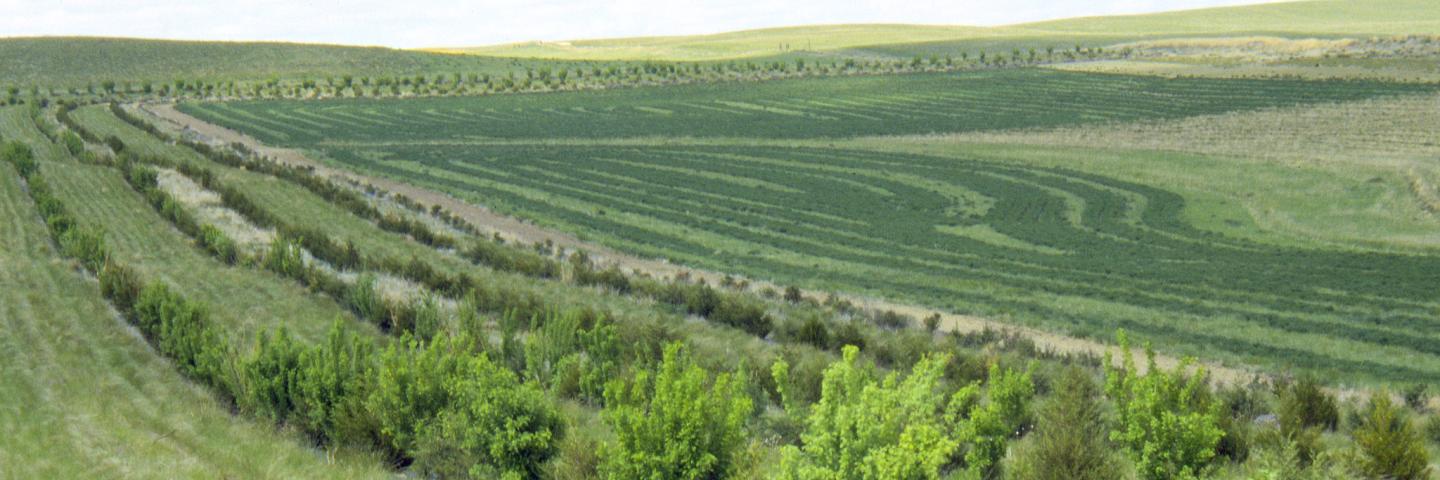
NRCS promotes the use of several BMPs through a variety of conservation practices on cropland and can provide technical and financial assistance to producers interested in implementing these practices.
Cropland accounts for roughly 21.7 million acres of Minnesota’s total land area (source: USDA-NASS 2017 Census). Implementing conservation management practices and strategies is integral to keeping our state’s natural resources healthy. NRCS offers a variety of tools that can be used to document benchmark conditions, as well as help plan for future goals. NRCS also collaborates with state and local agencies to help promote the use of Best Management Practices (BMPs). These resources are available to the public, and links to them can be found below.
- RUSLE
- WIN-PST
- Web Soil Survey
- Minnesota Department of Agriculture’s BMPs
- Resources for TSPs
- Technical Training Resources provided by the Technical Training and Certification Program (wealth of resources available for conservation practices across multiple land uses)
Common cropland practices in Minnesota that promote a healthy system while meeting producer goals include nutrient management, pest management, residue and tillage management (reduced till and no-till), cover crops, and conservation crop rotation. More information on each practice can be found below:
Common Minnesota Cropland Conservation Practices
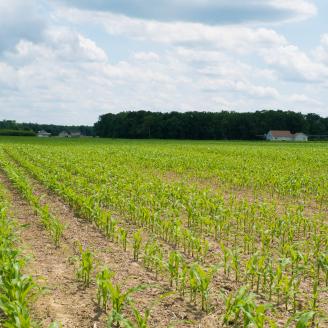
Nutrient Management
Nutrient Management manages the amount, form, placement, timing, and application of animal manure, commercial fertilizer, biosolids, and other plant nutrients used in agricultural production.
FOTG Link: https://efotg.sc.egov.usda.gov/#/state/MN/documents/section=4&folder=-161
Guidance Documents: https://efotg.sc.egov.usda.gov/#/state/MN/documents/section=3&folder=64313
National Nutrient Management website: https://www.nrcs.usda.gov/getting-assistance/other-topics/nutrient-management
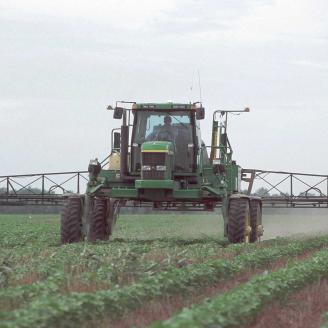
Pest Management Conservation System
Pest Management Conservation System is a system that combines an integrated pest management (IPM) decision-making process with natural resource conservation to address pest and environmental impacts.
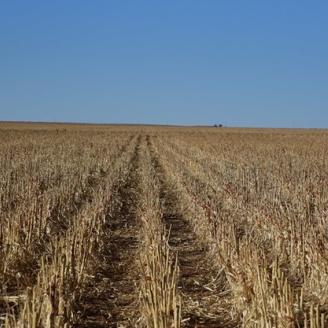
Residue and Tillage Management
Residue and tillage management involves a plan to reduce soil disturbance and maintain a certain level of plant residue throughout the year. NRCS promotes both reduced tillage and no-till systems.
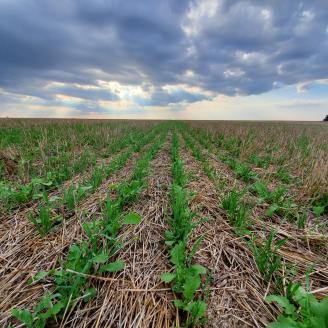
Cover Crops
Cover crops include grasses, legumes, and forbs planted for seasonal vegetative cover, rather than seed or forage production. Cover crops can be used to address multiple resource concerns, including wind and water erosion, organic matter depletion, and water quality degradation.
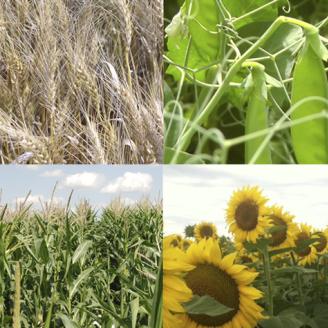
Conservation Crop Rotation
Conservation crop rotation is the planned sequence of crops grown on the same ground over a period of time. Conservation crop rotation can include all types of rotations, ranging from simple to complex, and can be paired with other practices to achieve a higher conservation benefit.
Other practices
NRCS has many other applicable conservation practices that can be implemented on cropland. More information on each practice, as well as technical guides and other useful resources, can be found on the Field Office Technical Guide.
NRCS, along with partners and other agencies, can provide technical and financial assistance to assist in the implementation of these practices. Funding sources may include:
Funding Sources:
- Forever Green Initiative
- Ag BMP Loan Program
- RMA Post Application Coverage Endorsement
- Minnesota Association of Soil and Water Conservation Districts (each SWCD may have their own program)
- MDA Soil Health Program
- Board of Water and Soil Resources (BWSR) Grants
Resources
- Farming with Soil Life: A Handbook for Supporting Soil Invertebrates and Soil Health on Farms - SARE
- Building Soils for Better Crops - SARE
- Cover Crops for Sustainable Crop Rotations - SARE
- Manage Weeds On Your Farm - SARE
- Midwest Cover Crop Council Decision Tool: mwcc (midwestcovercrops.org)
- Crop production | UMN Extension
- The Irrigator’s Pocket Guide – ATTRA – Sustainable Agriculture (ncat.org)
- Current Map | U.S. Drought Monitor (unl.edu)
- MN Irrigator Program
- Pheasants Forever Precision Ag & Conservation
- Practical Farmers of Iowa
YouTube Videos
- Climate Smart Agriculture in Minnesota: From Cover Crops to Carbon - YouTube
- Climate Smart Agriculture in Minnesota: From No-till to Nitrogen - YouTube
- Strip-till Farming with Rotational Grazing, Poultry, and Stacking Slab in Minnesota - YouTube
- Innovations in Farm Equipment for Growing No-till and Strip-till Corn and Soybeans with Cover Crops - YouTube
- Soil health lesson in a minute: discover the cover - YouTube
- Healthy soils resist drought - YouTube
Conservation Programs for Cropland
Conservation Stewardship Program - Minnesota
The Conservation Stewardship Program (CSP) helps you build on your existing conservation efforts while strengthening your operation.
Learn MoreEnvironmental Quality Incentives Program - Minnesota
The Environmental Quality Incentives Program (EQIP) is NRCS’ flagship conservation program that helps farmers, ranchers and forest landowners integrate conservation into working lands.
Learn MoreRegional Conservation Partnership Program - Minnesota
The Regional Conservation Partnership Program (RCPP) is a partner-driven approach to conservation that funds solutions to natural resource challenges on agricultural land.
Learn More
